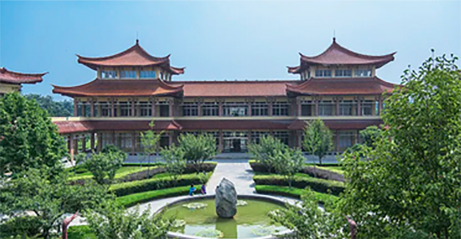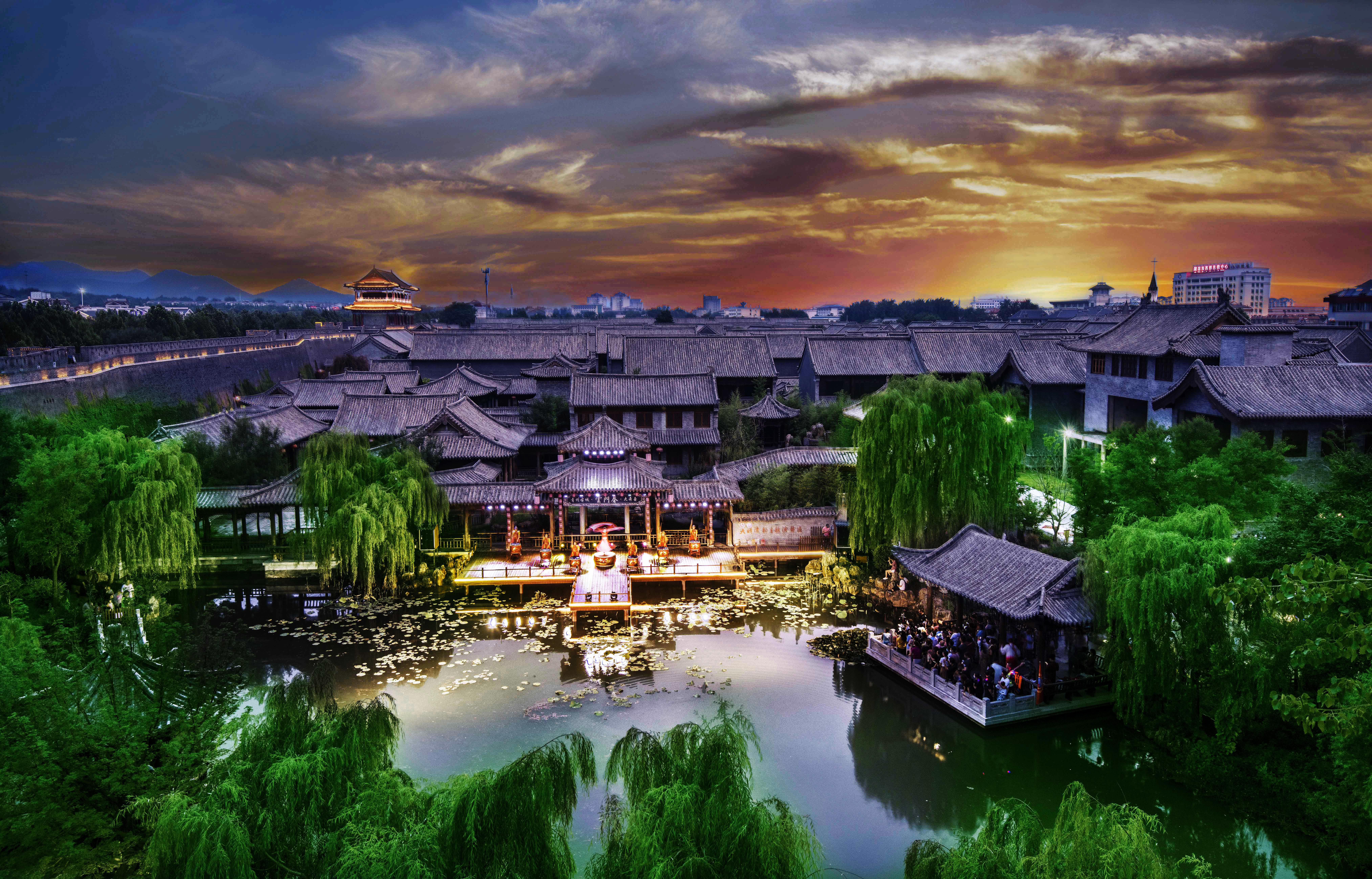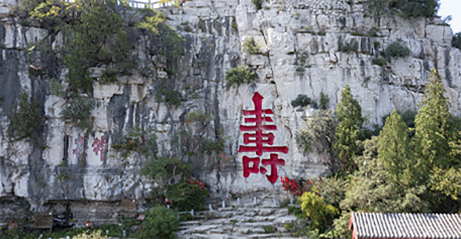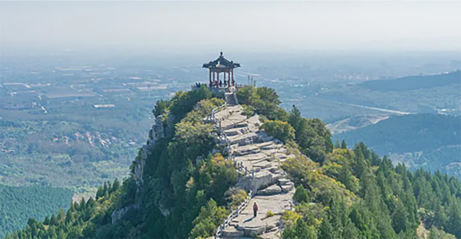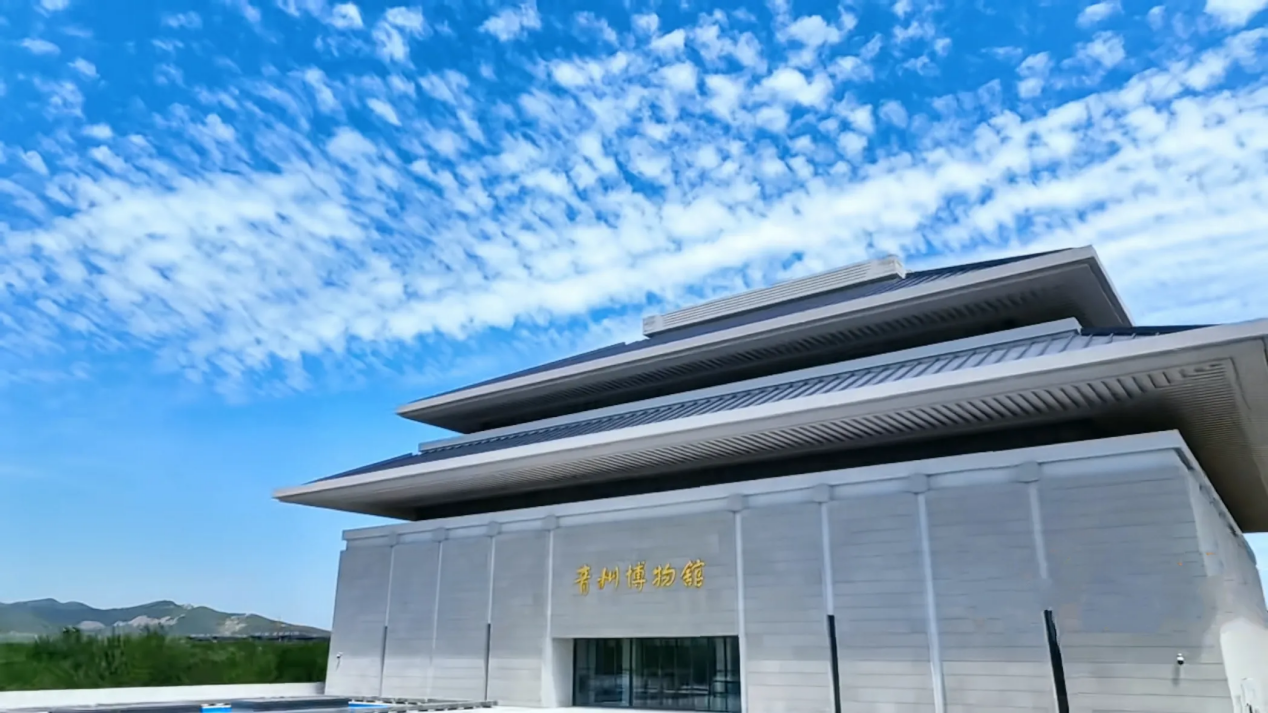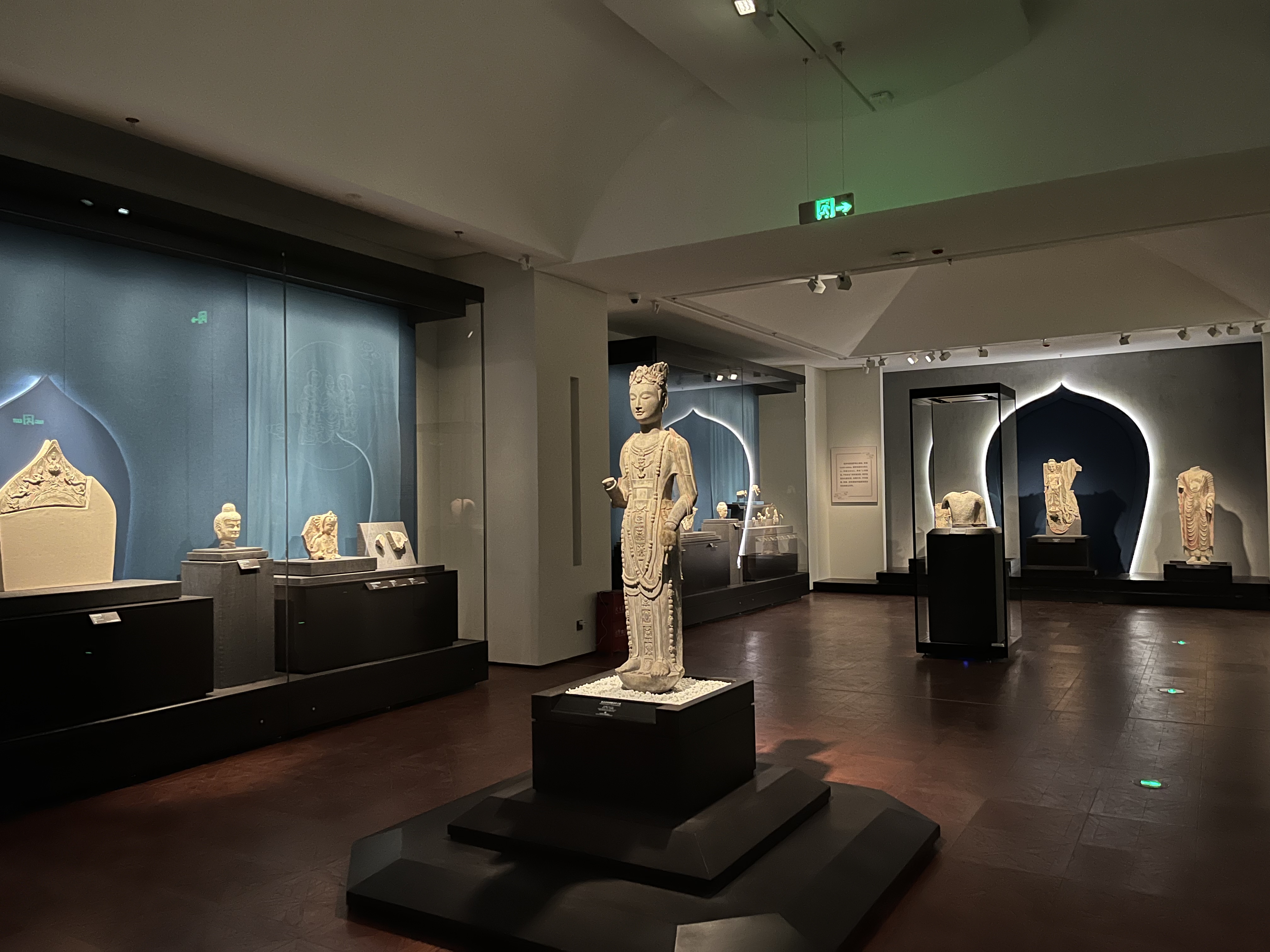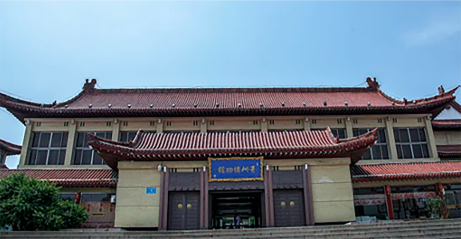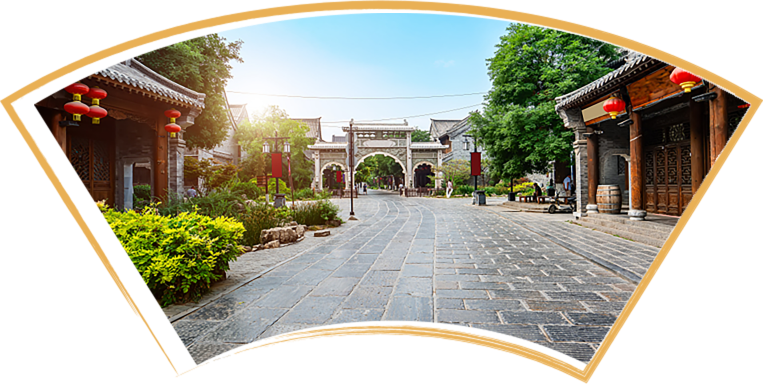- Qingzhou Ancient City Tourist Area
Qingzhou Ancient City
The Qingzhou Ancient City Tourist Area is a national AAAAA level scenic area, covering three sub scenic areas: Qingzhou Ancient City, Yunmen Mountain, and Qingzhou Museum.
The ancient city of Qingzhou has a long history, with a construction history of over 2200 years. Since the early years of the Western Han Dynasty, there have been six ancient cities, including Guangxian City, Guanggu City, Dongyang City, Nanyang City, Dongguan Weizi City, and Manchuria Garrison Banner City, serving as the political, economic, military, and cultural center of the entire Shandong region for over 1000 years. Mainly including the Dongyang City Beiguan Historical and Cultural District, Nanyang City Puppet Garden Historical and Cultural District, and Dongguan Historical and Cultural District. Currently, the open area is 1.4 square kilometers, mainly concentrated in the ancient Nanyang City. It is an ancient city with distinct regional characteristics and architectural styles of the Ming and Qing dynasties.
There are more than 100 ancient streets and alleys in the area, including Beimen Street, Ouyuan Street, Dongmen Street, Beiying Street, Nanying Street, Shenfu Street, Donghuamen South Lane, etc; There are more than ten scenic spots and exhibition halls, including Qingzhou Prefecture Tribute Hall, Fucai Gate, Kuixing Tower, Couple Garden, Beihai Family Feng Memorial Hall, Memory Ancient City Culture Exhibition Hall, Ouyang Xiu Memorial Hall, Li Cheng Memorial Hall, Qingzhou Folk Custom Hall, Fantasy Jurassic Experience Hall, etc; There are a large number of government buildings, traditional dwellings, classical gardens, memorial archway across the street, etc. At present, there are 1 Major Historical and Cultural Site Protected at the National Level and 5 provincial cultural relics protection units. The tourist service, featured homestays, bars, catering, and tourism facilities are complete, with rich business forms, popular online streets, distinctive theme performance areas, numerous Shinise of specialties, and regular performances of intangible cultural heritage projects. It is a cultural tourism resort with strong local characteristics.
Yunmen Mountain Scenic Area
Yunmen Mountain has been a famous mountain in central Shandong since ancient times, with its main peak Dayun Peak at an altitude of 421 meters. It is a national key scenic spot and a national geological park. Yunmen Mountain is a remnant of the Taiyi Mountains, with high and steep mountains and numerous historical sites. It has been a famous mountain in central Shandong since ancient times. The main peak, Dayun Peak, has an elevation of 421 meters and runs east-west, with towering cliffs. Mainly expected to be famous Taoist architecture such as Shouge and Tianxian Jade Maiden Temple. The Yunmen Cave runs through the north and south, like a jade wall embedded in a cliff. During summer and autumn, clouds and mist surround it, passing through the cave, and the temple on the top of the mountain looms faintly, earning it the title of "Yunmen Wonderland". During the Sui and Tang dynasties, Yunmen Mountain became a famous religious mountain, with over 300 Buddhist grotto statues densely distributed throughout the mountain. It is known as the most beautiful cultural relic in eastern China and is a national level cultural relic under key protection. From the Tang and Song dynasties to the Ming and Qing dynasties, for over a thousand years, famous literati and literati climbed this mountain to feel the scenery and leave behind more than 100 poems, poems, and inscriptions engraved on the cliffs. The Ming Dynasty "Shou" character cliff stone carvings can be considered a masterpiece of the time, ranking among the most longevity cultures in the world. Therefore, Yunmen Mountain is known as the "First Mountain of Chinese Ancient Shou Culture"。
Qingzhou Museum
Qingzhou Museum is a comprehensive museum, which has a collection of more than 50000 cultural relics and more than 3000 national precious cultural relics. Among them, the examination paper of Zhao Bingzhong Hall in the 26th year of Wanli in the Ming Dynasty filled the gap in the court archives of the Ming Dynasty in China, which is the only one at home and abroad; The "suitable descendants" jade Bi and Warring States jade figurines of the Eastern Han Dynasty are rare treasures of jade artifacts; The painted pottery and pottery figurines unearthed from the accompanying burial pit of the Han Tomb in Xiangshan are currently the best preserved among similar cultural relics of the same period in China. The most famous collection is over 600 Buddhist statues unearthed from the Longxing Temple site in 1996, spanning 500 years from the Northern Wei Dynasty to the Northern Song Dynasty. This batch of statues has a large number of varieties, exquisite carvings, well preserved gilded paintings, and a long span of time, which has attracted high attention both domestically and internationally. It has been rated as one of the "Top Ten New Archaeological Discoveries in China in 1996", "100 Archaeological Discoveries in China in the 20th century", and "Top 100 Archaeological Discoveries in a Century", and is known as a masterpiece in rewriting the history of Eastern art. He has held numerous large-scale thematic exhibitions in famous museums both domestically and internationally, serving as a bridge for Qingzhou to go global and an outstanding representative of ancient Chinese sculpture art. Wherever he goes, he is breathtaking。


